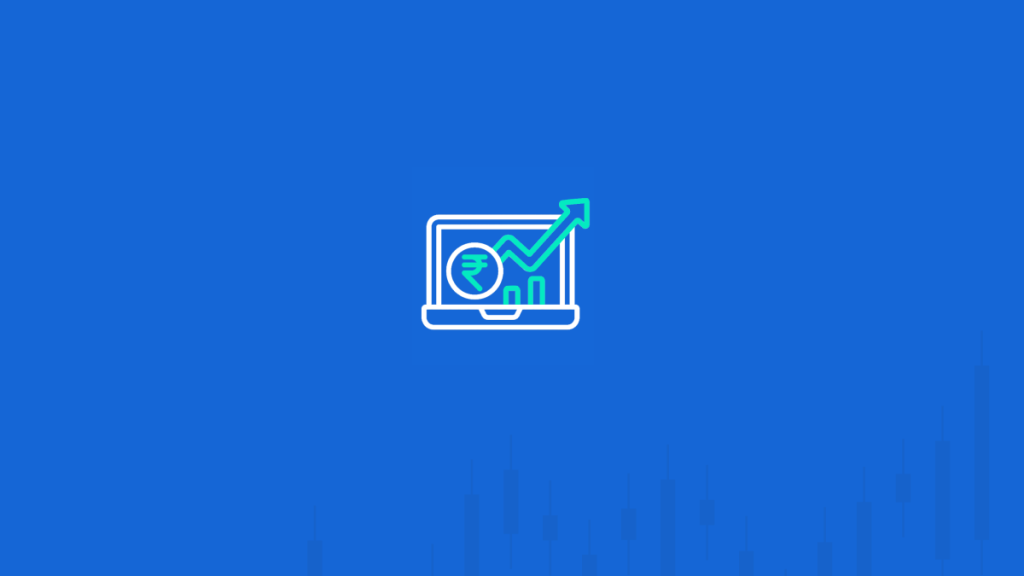With perpetual innovation in technology, all the existing sectors are racing for the betterment of humankind. Even the prospect in trading/investing has witnessed immense changes.The most recent buzzword in the market regarding investing is ‘Algo-trading’ or ‘Algorithm Trading’.
What is Algo Trading?
An algorithm is a specific set of clearly defined instructions aimed to work on a specific task or process. In the past though trading/investing did look fancy but the maintenance took a huge toll. Coupled with instances brimming with human error, it became impossible for traders to handle enormous numbers for trading, and the necessity cladded with innovation just stepped in!
And hence intervention of an intelligent algorithm!
This Algorithm trading is trending highly because High net worth individuals have a huge demand. Dealing with these mathematical algorithms which analyse every quote and trade in the stock market, identify liquidity opportunities, and turn the information into intelligent trading decisions.
This computer-oriented trading, proves useful to cut down transaction costs, and allow investment managers to take control of their own trading processes.
Isn’t that amazing!
Therefore it’s the two ways to reap the benefits.
Algo trading is the process of using computers programmed to follow a defined set of instructions for placing a trade in order to generate profits at a speed and frequency that is impossible for a human trader. Any strategy for algorithmic trading requires an identified opportunity, which is profitable in terms of improved earnings or cost reduction.
The algorithmic trading strategies follow defined sets of rules, and are based on timing, price, quantity or any mathematical model. Apart from profit opportunities for the trader, algorithmic-trading makes markets more liquid and makes trading more systematic by ruling out emotional human impacts on trading activities.
Let’s consider an example from a technical aspect;
A person sets the ‘buy’ trigger (writes program in this form) on 100 shares of a stock, when it’s 100-day moving average goes above the 200-day moving average. And likewise sets ‘sell’ trigger to sell shares of the stock, when its 100-day moving average goes below the 200-day moving average
Using this set of two simple instructions, a computer program can be written that will automatically monitor the stock price (and the moving average indicators) and place the buy and sell orders when the defined conditions are met.
Here the bonus point is there is no manual intervention required.
The computer is all eyes.
In our case, it is JARVIS!
There is a big relief in knowing that a retailer/investor no longer has to monitor the live prices and graphs, or place orders himself.
This algorithm does his work for him very efficiently.
Benefits of Algo Trading
- The greatest portion of present-day Algo trading is high-frequency trading (HFT). This trading method attempts to capitalize on placing a large number of orders at very fast speeds, across multiple markets, and multiple decision parameters, based on pre-programmed instructions.
- Instant and accurate trade order placement
- Trades are executed at the best possible prices
- Reduced transaction costs due to lack of human intervention
- Reduced possibility of mistakes by human traders based on emotional and psychological factors
- Simultaneous automated checks on multiple market conditions
- Reduced risk of manual errors in placing the trades
- Trades timed correctly and instantly. This avoids significant price changes
When we discuss Algo-trading in literal senses we are focusing only on extra bonuses because it is totally computer oriented which also means it has zero tolerance for emotional intelligence.
Let’s have a look at algo- trading’s upper hand in different trading/investment activities.
Long term investors who purchase stocks in large quantities but do not want to influence stocks prices with discrete, large-volume investments.
This is also applied to buy-side firms.
Avenues include insurance companies, mutual funds and pension funds.
Short term traders (market makers, speculators, and arbitrageurs)benefit from automated trade execution; in addition, algorithmic trading aids in creating sufficient liquidity for sellers in the market.
This is also applicable for sell-side firms.
Avenues include arbitrageurs (the ones who benefit from risk-free trading), market makers and speculators (intraday traders).
Systematic traders (trend followers, pairs traders, hedge funds, etc.) find it much more efficient to program their trading rules and let the program trade automatically.
Automated trading provides a more systematic approach to active trading than methods based on a human trader’s intuition or instinct.
This includes hedge funds and trend followers.
How can one get into Algo-trading?
There are certain sets of requirements to be fulfilled to get into algorithmic trading. A computer program that can read current market prices. Price feeds from both NSE and BSE. A forex rate feed for exchange rate. Order placing capability which can route the order to the correct exchange.
Back-testing capability on historical price feeds
However, as smart investors, we need to understand risks and challenges.
For example, system failure risks, network connectivity errors, time-lags between trade orders and execution, and, most important of all, imperfect algorithms.
Remember, if you can place an algo-generated trade, so can the other market participants.
Consequently, prices fluctuate in microseconds.
The more complex an algorithm, the more stringent backtesting is needed before it is put into action.
